In rural India, where age-old customs and patriarchal norms have often limited access to education for girls, there is a noticeable shift in mindset. Parents are increasingly realizing the importance of educating their daughters.
A recent survey conducted by the Development Intelligence Unit (DIU), in collaboration with Transform Rural India (TRI) and Sambodhi Research and Communications, underscores the belief of parents in rural Indian communities that the gender of their child should never be a hindrance to their educational aspirations.
In this study, encompassing 6 to 16-year-old children in rural areas across 20 states in India, a remarkable 78% of parents with daughters and 82% of parents with sons expressed a desire to see their children graduate and attain higher education. This revelation signifies a strong consensus among parents regarding the importance of education for both genders.
The report, titled State of Elementary Education in Rural India– 2023, discloses that among children who dropped out of school, approximately one-fourth of boys discontinued their education during primary schooling. In contrast, the dropout rate at the primary stage was higher for girls, reaching 35%. This is why it is important to address gender disparities in education and ensure that every child has an equal opportunity to pursue their dreams.
Government Initiatives
Government initiatives related to the education of girls in rural areas of India have played a significant role in bridging the gender gap and improving access to quality education. These initiatives aim to empower girls, break down societal barriers, and ensure equal educational opportunities. Here are some key government programs and initiatives focused on the education of girls in rural India:
Beti Bachao, Beti Padhao (BBBP)
Launched in 2015, this flagship program addresses the issues of female foeticide and the promotion of education for girls. It focuses on changing societal mindsets and increasing the value of the girl child. The program includes initiatives such as conditional cash transfers, awareness campaigns, and the establishment of girls’ hostels.
Sarva Shiksha Abhiyan (SSA)
SSA is a comprehensive program that aims to provide quality elementary education to all children, with a special focus on girls and marginalized communities. It has helped in the construction of new schools, the recruitment of female teachers, and the provision of free textbooks and uniforms.
What has helped the cause of Girl Child Education in Rural Areas?
Rural India has witnessed the emergence of educated and empowered women who have broken through traditional barriers to access education. These trailblazers are serving as inspirational figures, motivating others to follow in their footsteps. They exemplify the transformative potential of education, awareness, and the will to change things for the better. You can read some of the most motivational stories of rural Indian women here.
At the grassroots level, local leaders, self-help groups, and community-based organisations are playing pivotal roles. They are establishing schools, implementing initiatives to bridge gender-based educational gaps, and providing mentorship to young girls, thus fostering a culture of education.
Challenges on the Horizon
Infrastructure and Accessibility
While progress is evident, rural areas still face infrastructural challenges. Many villages lack proper schools and transportation facilities. Ensuring that girls can easily access educational institutions remains a challenge.
Socioeconomic Factors
Economic constraints often force families to prioritize the education of their sons over their daughters. Poverty remains a significant impediment to ensuring equal educational opportunities for girls.
Cultural Norms
Deep-rooted cultural norms and stereotypes continue to hinder the education of girls in some regions. Early marriage, domestic responsibilities, and societal expectations can curtail the academic journey of a girl.
Quality of Education
Access to education alone is not enough. Ensuring the quality of education is equally vital. Many rural schools face a shortage of qualified teachers and lack essential resources.
Conclusion
The changing perspective on girl child education in rural India is a promising sign of progress. While significant strides have been made, the journey is far from over. To create a truly inclusive educational landscape, we must address the remaining challenges, including improving infrastructure, tackling socioeconomic barriers, challenging cultural norms, and enhancing the quality of education.
The movement for girl child education in rural India is not just about providing knowledge, it’s about empowering future generations, breaking the cycle of poverty, and fostering a more equitable and just society. As rural India becomes increasingly serious about girl child education, the possibilities are endless, and the impact immeasurable. You can become a part of the girl child education journey by considering making a partnership/donation for the She Can Fly campaign of Smile Foundation.



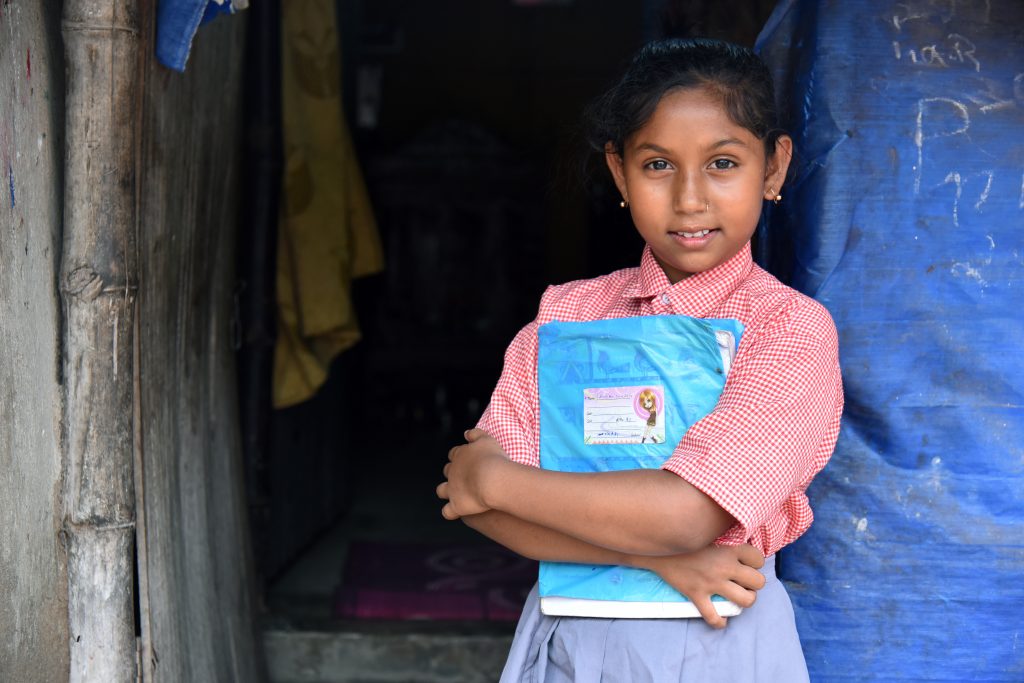

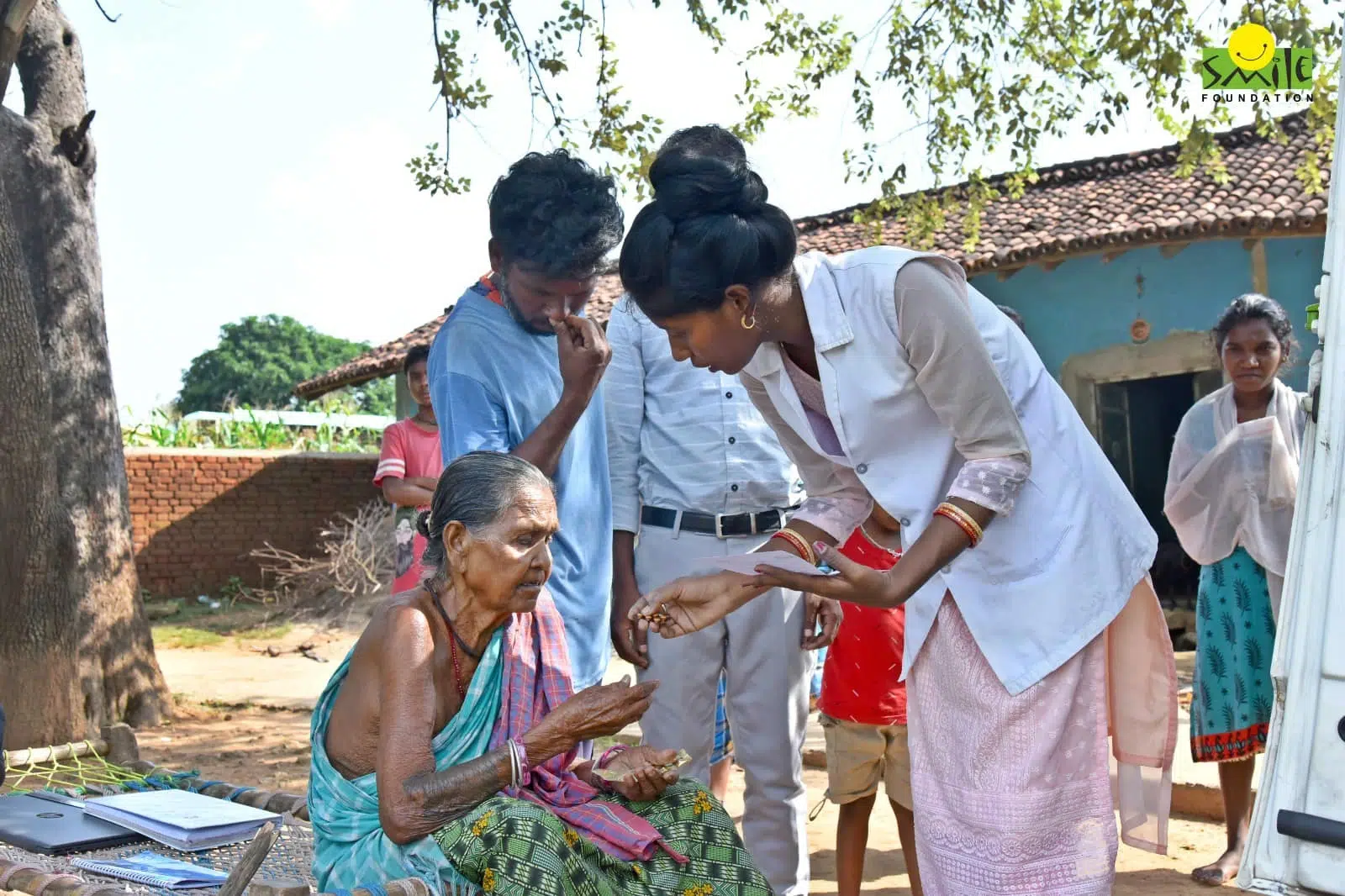
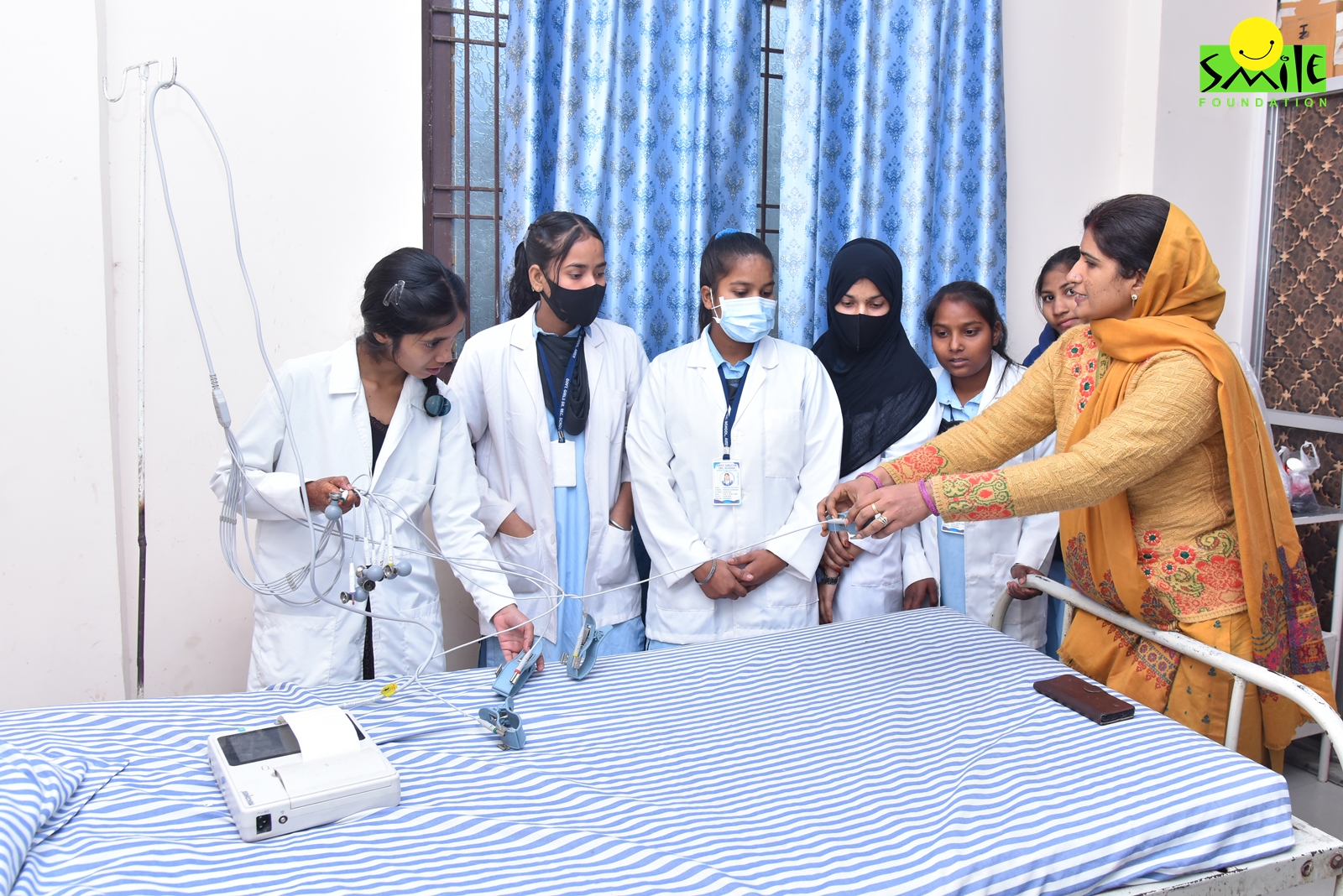
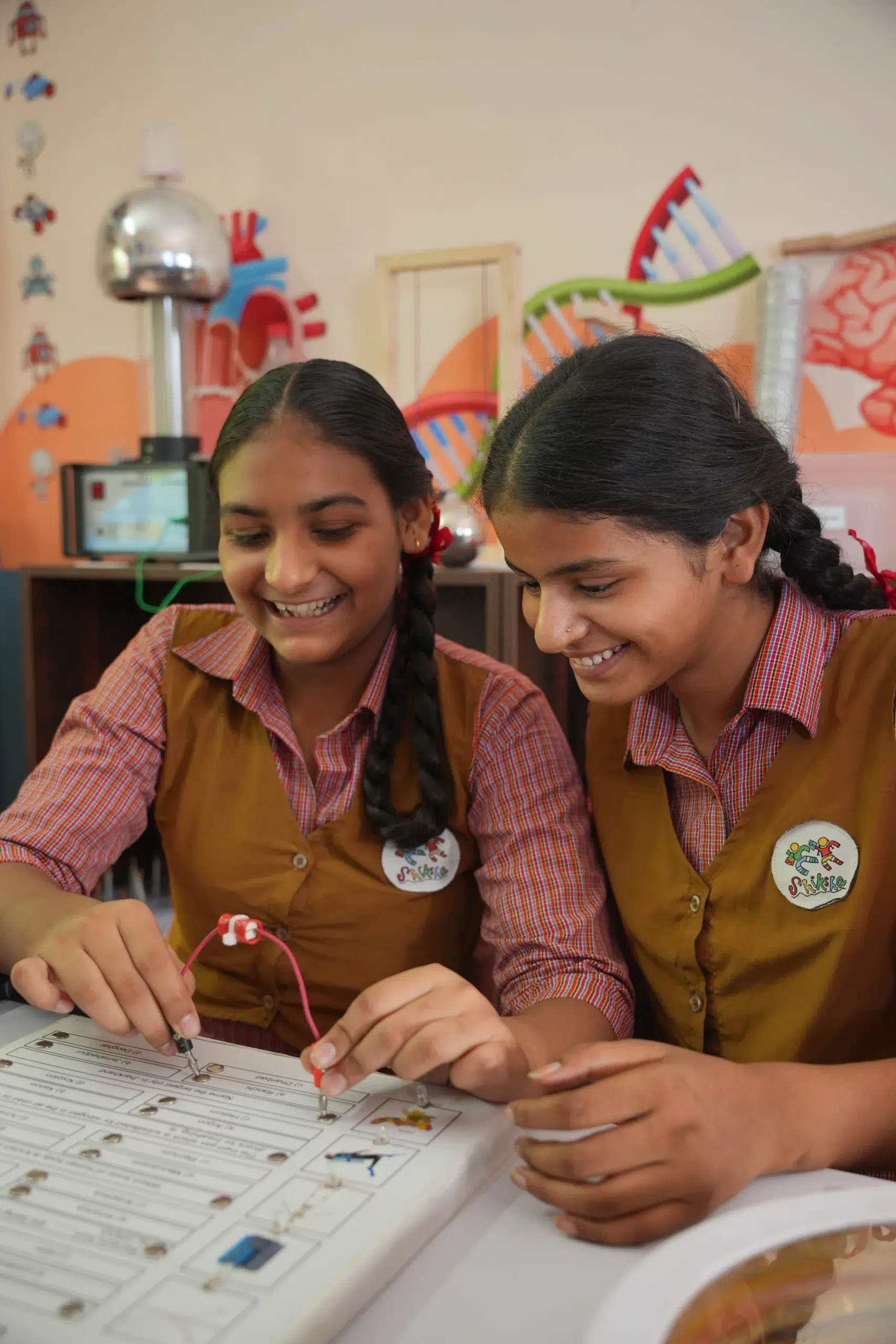
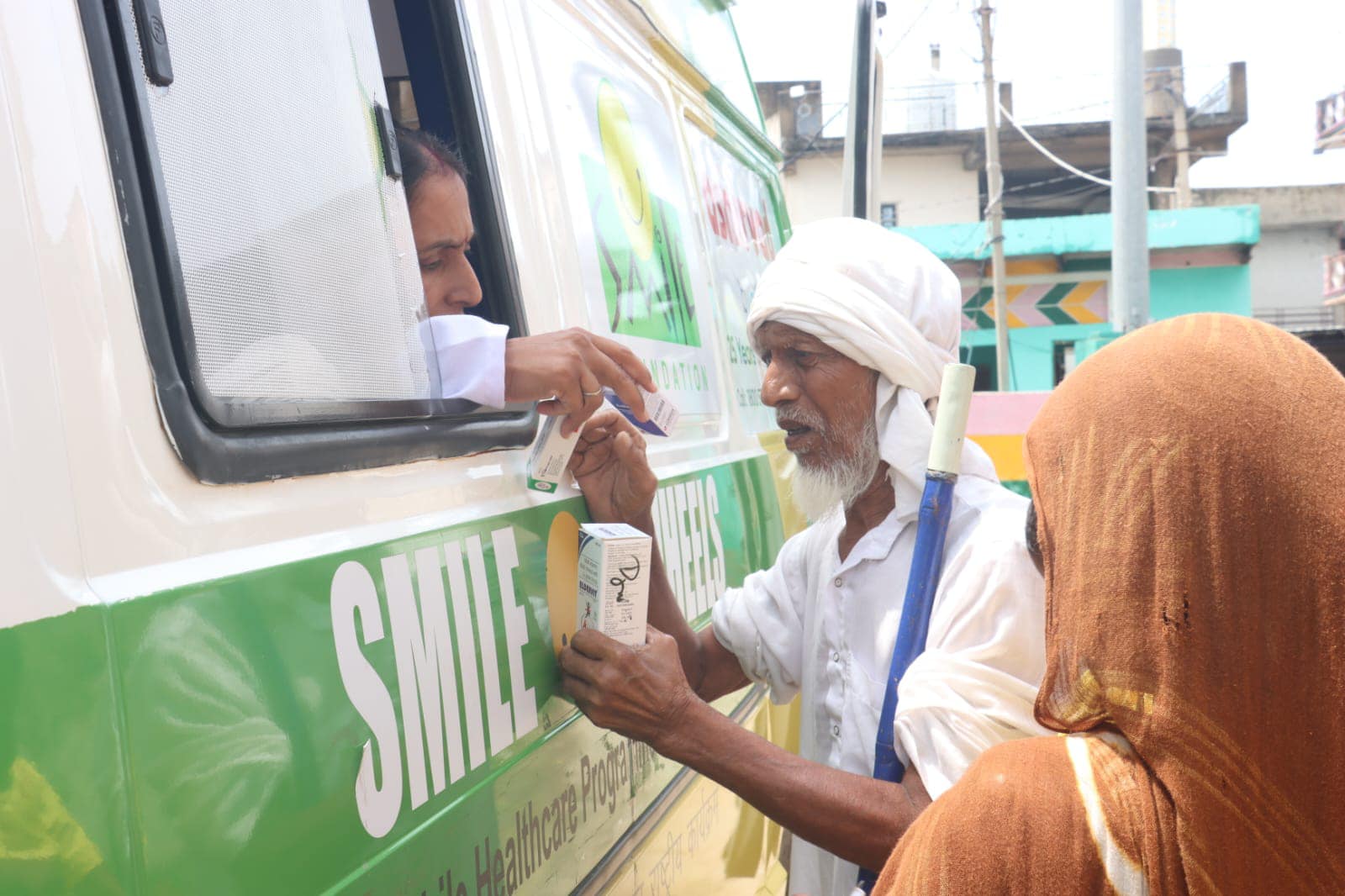
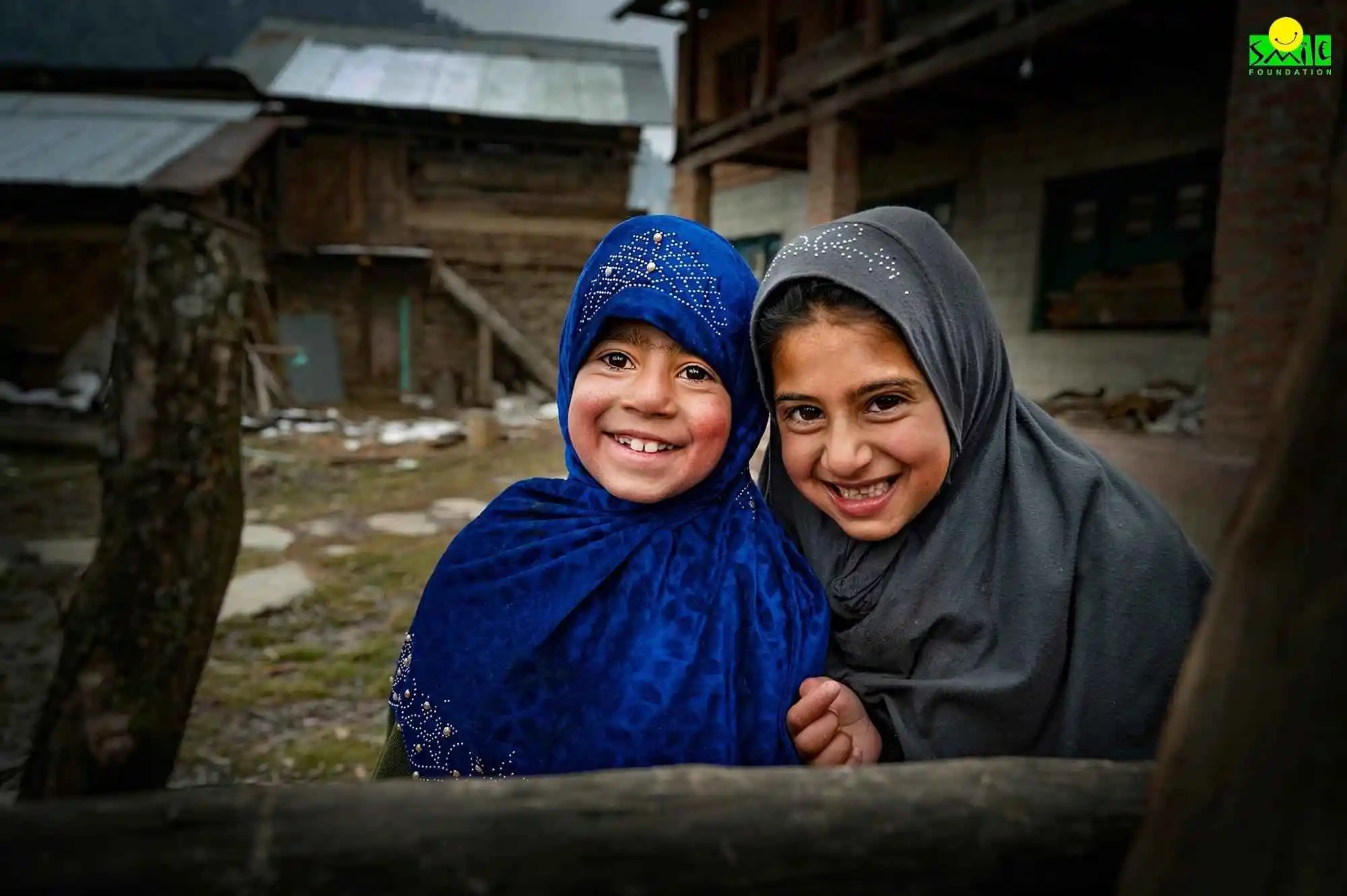
One reply on “Is Rural India becoming serious about Girl Child Education?”
This article is heartening as it showcases a shift in mindset regarding girl child education in rural India. The survey results and government initiatives highlight the growing consensus on the importance of educating girls. While there’s been progress, it’s clear that challenges remain, especially related to infrastructure, socioeconomic factors, and cultural norms.
It’s essential to recognize that investing in girls’ education has far-reaching positive impacts, breaking the cycle of poverty and fostering a more equitable society. Continued efforts are needed to overcome the remaining obstacles and ensure that every girl in rural India has equal access to quality education.